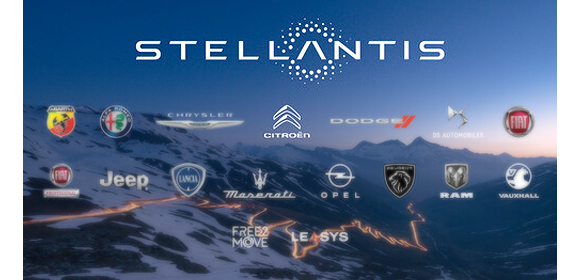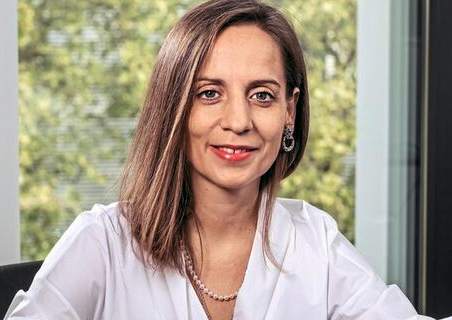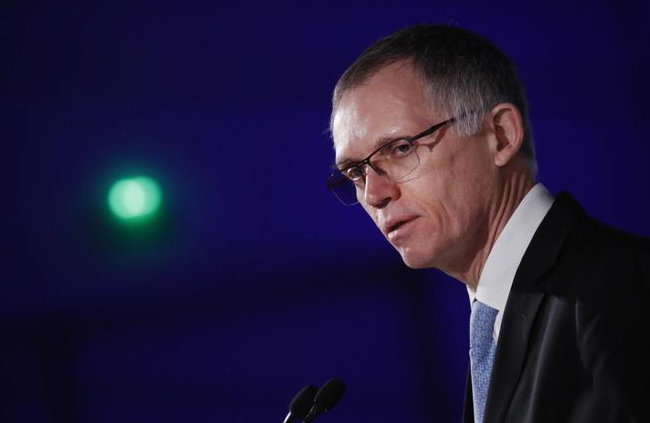With Stellantis reporting revenues up 12% in Q1 2022, three other things the company announced this month may provide some insight into the future of the Citroën brand and where the company as a whole is heading:
- Re-alignment of Sales Network
Stellantis will start a reshuffle of its European dealers network next year from Austria, Belgium and the Netherlands, and its van and premium brands in all markets.
As part of its efforts to cut costs and finance its electrification strategy, Stellantis said it would end all current sales and service contracts with European dealers for its 14 brands, effective from June 2023.
“We will start in June next year with all our van brands and with our premium brands – Alfa Romeo, DS and Lancia – in all markets, and on three pilot markets, Austria, Belgium and the Netherlands with all our brands,” Stellantis’ sales chief for ‘Enlarged Europe’ region Maria Grazia Davino said. The plan is to move its distribution structure in Europe towards an “agency model”, where carmakers take more control of sales transactions and prices while dealers focus on handovers and servicing, no longer acting as the customer’s contractual partner.
She added the new distribution structure would be operational in all of Europe’s 10 largest markets by 2026.
“We will anticipate all that we can, but this is our schedule at the moment,” she said during an “Automotive dealer day” event in Verona, northern Italy. Davino said core elements of the new contract Stellantis will propose to retailers are expected to be ready by this summer, while a final set up would be prepared by year-end. “Our direction is to envisage a 5% fee for our retailers on new cars sold, we’re working on this hypothesis,” she said. “We’re into a transition of course, then we’ll see”. She added that in the first stage of this process retailers would earn different fees for different brands, with some higher ones for premium brands. Retailers will also get a variable performance bonus based on sales targets.
- EV Offerings Will Not Be a Separate Businesses
Stellantis is not considering splitting its electric vehicle (EV) business from its legacy combustion engine operation. Chief Financial Officer Richard Palmer told analysts he did not see huge benefits in the kind of separations pursued by rivals such as France’s Renault and U.S. Ford. “We need to manage the company and the assets we have through this transition,” he said. “There are benefits to having the cash flow being generated by the internal combustion business for the investments we need to make.”
Palmer did say that the company was not averse to considering adjusting its structure “but we aren’t anticipating any big changes.” Palmer’s comments came after the world’s fourth largest carmaker said Stellantis net revenue rose 12% to 41.5 billion euros ($44.1 billion) in the January-March period, as strong pricing and the type of vehicles sold helped offset the impact of the semiconductor shortage on volumes. The impact of the chip crunch was evident in the decline in shipment figures which fell 12% in the quarter to 1.374 million vehicles.
- Opportunity in India
Stellantis CEO Carlos Tavares, said that amid global disruption in Europe and China, the situation offers “a bigger opportunity for India to grow” in the global automotive industry as well as the Stellantis World. The Euro-American major car manufacturer wants to source billions of euros of parts from India and it is open to sourcing even cells and batteries out of the country. “I am sure, India will be able to grab this opportunity, we are ready to accelerate with our plans in the country”.
As part of his ‘Dare Forward 2030’ plan that includes garnering over 25% business from outside of the European Union and North America, Tavares said that the Asia Pacific region will play a very important role, and India is “at the core” of his plan.
With Jeep growing steadily, Stellantis plans to cater to the core of the B segment market — with a Citroën brand hatchback, an SUV as well as an MPV in the coming three years, and all these models will come with an electric powertrain.
“We are a much bigger company. We have a strong confidence in the Jeep brand. Post the formation of Stellantis, our ambition has only grown. We are a much bigger company, the role of India has become more exciting than ever,” he added.
Stellantis is already using India as a strategic sourcing hub for engines and gearboxes, and the role should grow in an electrified world. Tavares is eagerly waiting for the Indian EV ecosystem to mature, so that the group can capitalize on not only participating in the local market, but use it for global sourcing. “Sourcing from India is a very good proposition. We would like to source batteries and cells from India for the rest of the world. We are looking for the right sources for global operations,” said Tavares.
- Promising Future?
Q1 revenue rose 12% to 41.5 billion euros ($44.1 billion US) in the January-March period, as strong pricing and the type of vehicles sold helped offset the impact of the semiconductor shortage on volumes.
The result indicates the strength of fresh products including Jeep Grand Cherokee L and Wagoneer/Grand Wagoneer for North America; DS4, Rat New 500, Opel Mokka, and the light commercial vehicles range for Enlarged Europe; Jeep Grand Cherokee, Peugeot 3008 and Citroen C4 for Middle East & Africa; while Fiat Pulse, Jeep Compass, Peugeot 208 and Fiat Cronos strongly contributed to South America market leadership.
Meanwhile, Stellanti’s low emission vehicles product momentum continues, leading to Enlarged Europe BEV sales being up more than 50% year-over-year. The company also made progress towards its planned battery capacity of 400 GWh by 2030 by executing strategic partnerships during Of 2022 with LG Energy Solution and Automotive Cells Company (ACC) that will respectively bring the first large scale lithium-ion battery manufacturing plant to Canada (Windsor) a new battery facility to the Termoli (Italy) plant and a battery manufacturing plant in the USA (Ohio).
In another key area of the Dare Forward 2030 plan, which sets a steadfast course toward a sustainable future, the carmaker entered into strategic partnerships with Amazon and Foxconn as part of the software-defined push, a company statement said.





Well, will see if they are still around in 2030.
Frank Starr
Seattle